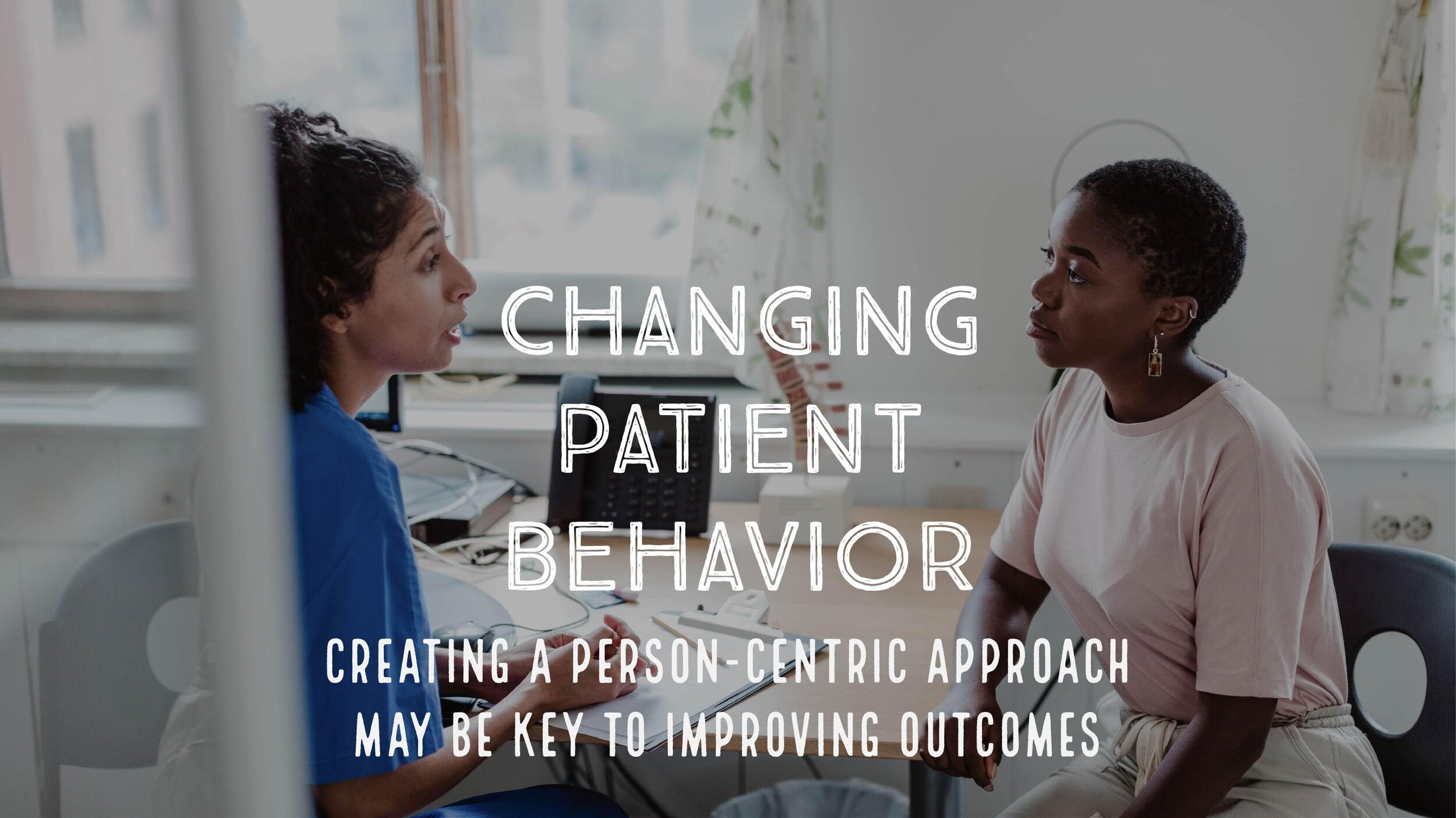Changing Patient Behavior: Creating a Person-centric Approach May Be Key to Improving Outcomes
With my own personal experience in helping close family members battle both chronic and acute conditions, I have witnessed a variety of approaches on how healthcare professionals attempt to help patients. Even in today’s technology laden world, what fascinates me is often the lack of support when patients want to make a behavior change and/or lack the knowledge regarding the impact that a behavior change can make on their condition.
Changing individual behavior needs to be at the heart of healthcare. The current model of healthcare is a reactive system that treats illnesses after the fact. While there is an effort to evolve the system to one more centered on patients, prevention, and the ongoing management of chronic conditions, is there an area of opportunity to enable greater outcome success?
Even with the push for patient outcomes and efforts to change the system, data reflects there is still room for improvement. The US still has the highest cost of healthcare of anywhere in the world, yet lags behind in successful patient outcomes despite this high spending. The OECD STATES that the U.S. spent $10,586 on healthcare per capita in 2018, followed by Germany at $5986. (Source: Forbes and Statista August 2019)
Across the globe, a fundamental shift in healthcare risk is taking place, driven by an aging population and the increasing incidence of behaviorally induced chronic conditions. Health systems are innovating on the delivery side to meet this challenge through a growing emphasis on primary care, integrated care models, and pay-for-value reimbursement. More needs to be done to reorient health systems toward prevention and the long-term management of chronic conditions.
It often baffles me with all the technology available to help hold patients accountable (e.g tracking medication adherence), critical elements like patient compliance are still as low as ever. Unless health systems find ways to get people to change their behavior (in terms of both making healthier lifestyle choices and seeking and receiving appropriate preventive and primary care to manage their health conditions), they will fail in their quest to tame healthcare costs.
Maybe we need to re-evaluate programs to be a person-focused paradigm that uses a behaviorally based rather than disease-based orientation to drive sustainable behavior change. Instead of assuming that individuals are fully rational, we need to recognize that human decision making is affected by systematic cognitive biases, habits, and social norms. Instead of focusing exclusively on the clinician- patient relationship, we need to create a supportive ecosystem that engages individuals and those closest to them.
Here are my suggestions on how we might design and implement higher impact, patient-focused interventions:
Understand the patient on a new level. Obtain insights around what biases (obstacles) are at play and design new choice frameworks to nudge patients to take action differently. (E.g Can behavioral based incentives, those take cognitive biases into account, be more effective than direct cash rewards?)
Integrate behavior change as a core component of new care delivery models
Use the power of influencers and networks to support a patient’s behavior change
Use technology to augment, support and empower patients to connect to healthcare professionals and their support system.
The ideal solution would be to design a program that directly addresses the root causes and barriers to behavior change and provides interactions with the right timing and frequency to ensure impact. Person-focused pathways that support individuals from the point at which they decide to make changes to the point that the new behaviors are sustained can help improve outcome success.
I would love to hear about your experience and opinions around patient behavior change. Send me an email: DIANE@SEEKCOMPANY.COM

